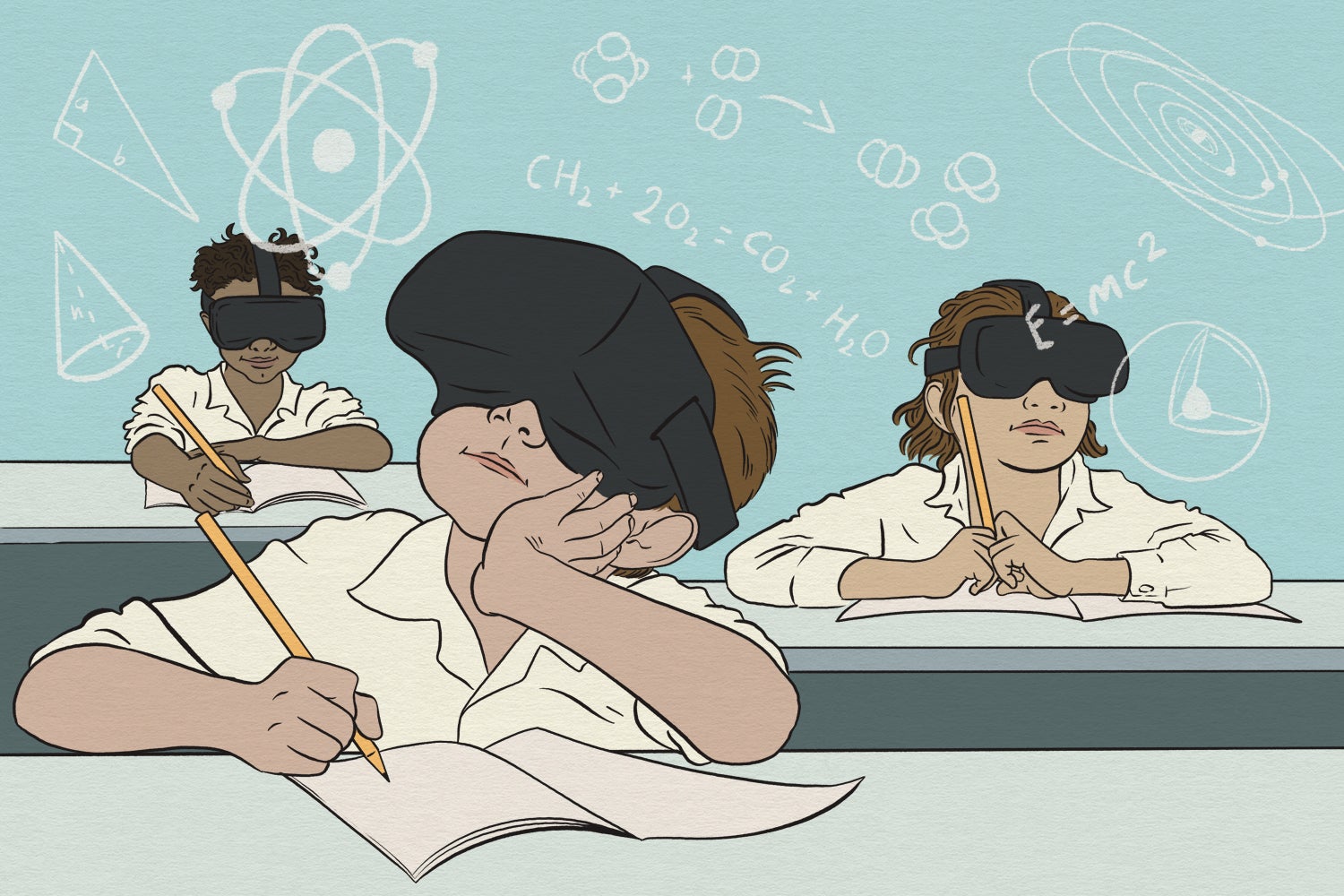US actor Tom Cruise checks uses a talkie-walkie during the filming of “Mission Impossible : Lybra” … [+]
Whether it’s a low-budget film or top-grossing sequel, making a movie at any scale can be a challenging and exhausting experience. What happens behind the scenes is rarely as glamorous as what we see on the silver screens. Film crews often work against time and try their best to stay on schedule. With the advancement of technology in the tv and film industry, like animatronics and CGI, there is one thing that stays constant: clear and reliable communication through two-way radio communication.
Two-way radios (walkie-talkies) are a time saver and can often be a lifesaver on a movie set. Because of their long-range coverage and instant group communication capabilities, crew members can communicate around the clock, even in remote locations where cell phone coverage might not be available. On large sets for high-budget movies, two-way radios and earpieces remain one of the most essential pieces of technology on set.
Brandon Ocampo, CEO of Two Way Direct, explains, “Clear and reliable radio communication is the key to creating safety, control, and efficiency. Different sets often require different kinds of two-way radio solutions. Larger productions might even benefit from our new push-to-talk over cellular (POC) radios to cover a much wider range beyond what traditional radio systems may have been able to provide in the past.”
Srifa, LEBANON: An Italian soldier speaks on the walkie-talkie while another fixes his shirt at a … [+]
“Another factor to consider is the teams using the equipment. Producers want to ensure that instructions can come across clearly and without delay. Every second counts when the camera is rolling, so our teams know to offer customized radio solutions to meet any unique requirements. For discrete communication, comfort 2-wire surveillance kit earpieces make it easier for security teams to keep celebrity locations safe from crazed fans.”
Two Way Direct is one of America’s leading providers of two-way radios and wireless communications devices. The company works with over 25,000 customers nationwide including movie studios, first responder departments, hotels, security teams, and large-scale organizations like General Electric
GE
The Power of Effective On-Set Communication
It is not uncommon for movies to overshoot their budget by millions of dollars. These problems are often caused by technical failures, camera failures, missing lenses, and light malfunctions, but oftentimes, miscommunication can also cost films quite a bit of money.
“Delays in communication can result in time lost, resulting in increased costs on a movie set.” Ocampo says, “The type of radios that a movie production will require often varies depending on their budget, the topography, size of their sets, and the number of departments that make up their crews. These are often the things we need to know before recommending a solution.”
Behind the scene. Sound boom operator resting on the set and hold microphone fisher outdoor
An ideal two-way radio system for this on-the-go type of work would offer durability, audio clarity, coverage, and long battery life, as well as accessory options to create hands-free communications for the team.
The ability to communicate effectively on set largely depends on a few things:
The Size and Type of Locations
The Titanic is one of the most iconic movies ever shot; however, making the movie was hell behind the scenes. The Titanic had an initial $100 million budget; however, due to numerous technical and personnel obstacles, the movie budget eventually ballooned to well over $200 million.
At the time, director James Cameron was already known for undertaking daring projects, but in Titanic, he outdid himself. Cameron insisted on constructing a set that was 6 acres in size with a 17-million gallon water tank as well as a 750-foot long replica of the actual titanic. The sheer size of the set made effective communication difficult and resulted in Cameron reportedly losing his temper and shouting all the time. Actress Kate Winslet later said about Cameron, “You would have to pay me a lot of money to work with Jim again….”
“Imagine shooting a movie the size of the Titanic without effective two-way radios,” Ocampo enthused. “It would be a total disaster! Using the wrong kind would also be a disaster. Large sets require radios with a wide area coverage, and this is the only way they can get things done quickly on the set.”
Kate Winslet and Leonardo DiCaprio dancing in a scene from the film ‘Titanic’, 1997. (Photo by 20th … [+]
The Area of Coverage, Size of The Crew, and Number of Departments
“Full-powered business two-way radios combined with a repeater system can often cover up to 5 miles, depending on the terrain, or throughout a large high-rise building,” Ocampo explains. “On smaller micro-budget movies, the set and crew are usually much smaller so they can use a more economical low-powered radio without repeaters. However, some productions have crews the size of a small army and need to communicate over much farther distances, so POC radios are typically the best solution.”
With the ability to communicate on multiple-channel talkgroups, crews can organize their teams simply via channels, which are often reflected on the call sheet. Some radio options have a screen that will display the channel name as it appears on the call sheet. Channel designations will differ from set to set, but in general, the breakdown would look like the following:
Channel 1: Production Teams
Channel 2: Open for one-on-one communication
Channel 3: Transportation
Channel 4: Open for one-on-one communication
Channel 5: Open for one-on-one communication
Channel 6: Camera
Channel 7: Electric
Channel 8: Grip
Demi Moore talking on walkie talkie in a scene from the film ‘G.I. Jane’, 1997. (Photo by Buena … [+]
Convenience
Pulling the radio off the belt to transmit a message could be inconvenient and possibly even dangerous, especially for crew members like Grip and Camera crews who work with heavy equipment. Some small to medium productions have to make do because of their budget, but bigger productions insist on making communication easier for everyone with accessories like earpieces and shoulder microphones.
“Since bigger productions are more concerned with making the job as easy as possible for everyone, we always offer them a wide variety of accessories. Whether it’s shoulder microphones, 2-wire surveillance kits, earpieces, belt clips, replacement batteries, or even multi-unit chargers, each of these accessories creates a solution that allows for a more hands-free environment on set. The demand is so high in this industry alone that we are currently hiring more people in our marketing and sales teams to keep up.” says Ocampo.
Keeping the team connected is the dream of every movie director. At the end of the day, if instructions can flow easily down the chain of command and be executed promptly, it makes the process much easier for everyone.
CEO of Two Way Direct, Brandon Ocampo.
Common Walkie Lingo On Set
Concise and effective communication becomes essential on a movie set. While it might not be required for each movie set, here are some common phrases for using walkie-talkies. Some of these might sound familiar since they have been featured in movies and used by first responders and radio users.
Radio Check
When a crew member receives a new walkie and turns it on, the crew member needs to ensure that it is transmitting correctly. The crew member says, “Radio Check,” into the radio, and if other crew members get the transmission clearly, they respond, “good check.”
What’s Your 20?
In radio lingo, “20” means “location,” A ‘What’s your 20’ transmission is often just asking to know the status report; if a PA has reached a destination they were sent to, or if certain crew members are in position for the next execution in the movie. When it comes over a private channel, it might just be asking to know a crew member’s location for a quick meetup.
Fred For Cynthia
This is used to get the attention of a crew member. In this example, the person making the transmission is Fred, and Cynthia is the person whose attention he is seeking.
Go For Cynthia
This is the typical response Cynthia would give to the above call. It’s a way of letting the person (Fred) know that she is listening and that he can go ahead with his transmission.
Lock It Up
This transmission is often from a director to a PA on set who has been assigned to block a door or to prevent random people from walking into a shot. Directors may use it for an outdoor shoot to ask a PA to stop people from walking past the camera or to ask a PA to block a door or passageway in an indoor shoot.
Martini Shot
“Ready for Martini Shot” this transmission informs the crew that the last shot of the day (the martini shot) is about to commence.
86
“86 that practical light from staging“. This call could be made from a director to the key Grip asking him to remove or “strike” a particular light from the set. To ’86’ literally means to remove.
10:1, 10:2
10:1 is often used to inform the crew that you need to go to the bathroom for number 1, and 10:2 is a call for number 2. If a crew member needs more time in the bathroom, they can call, “extend my 10:1.”
First Team
The first team refers to the principal actors on set. For instance, “Walking first team to set.”
Second Team
Stand-ins for the principal actors.
Over and Out
End the conversation without expecting a reply.









